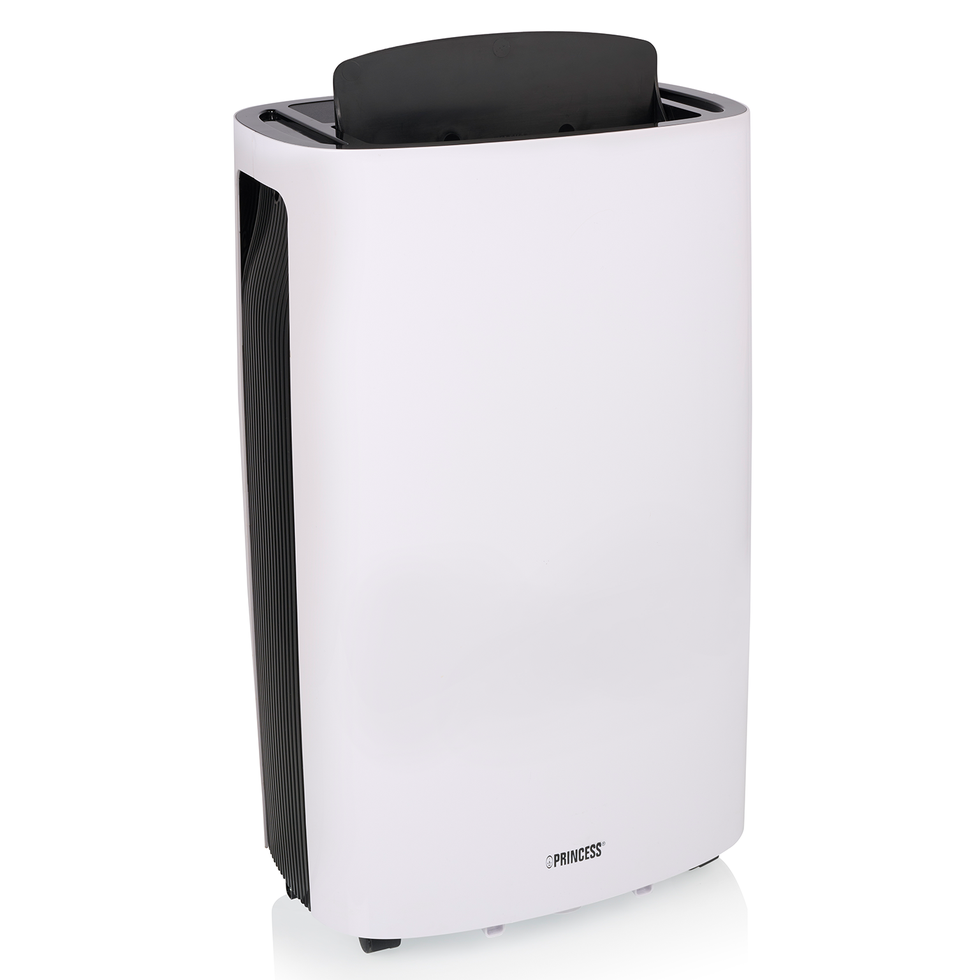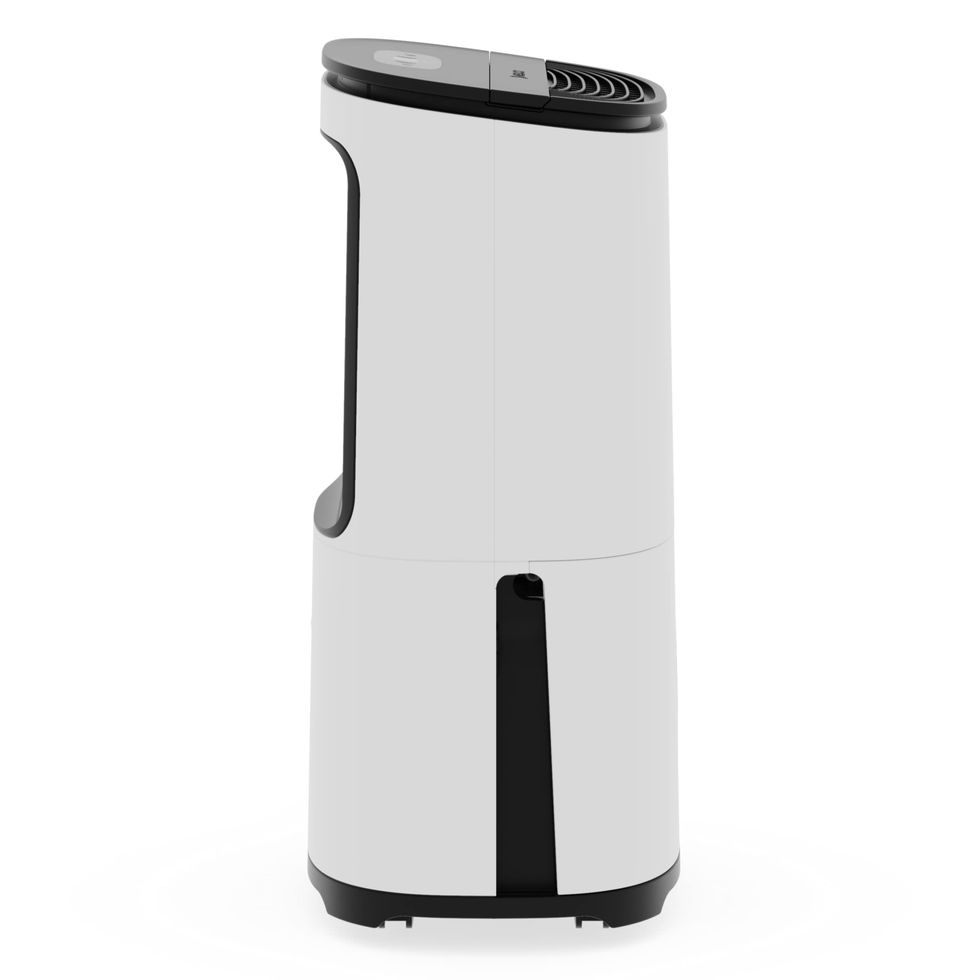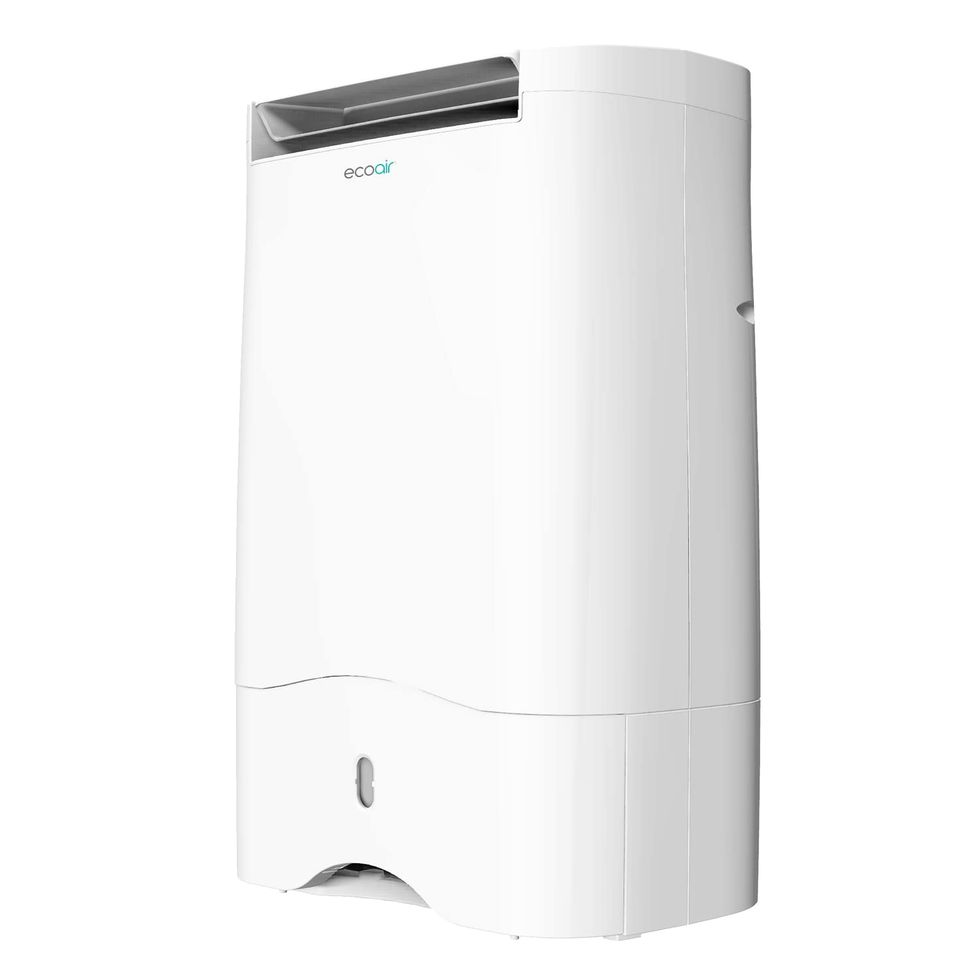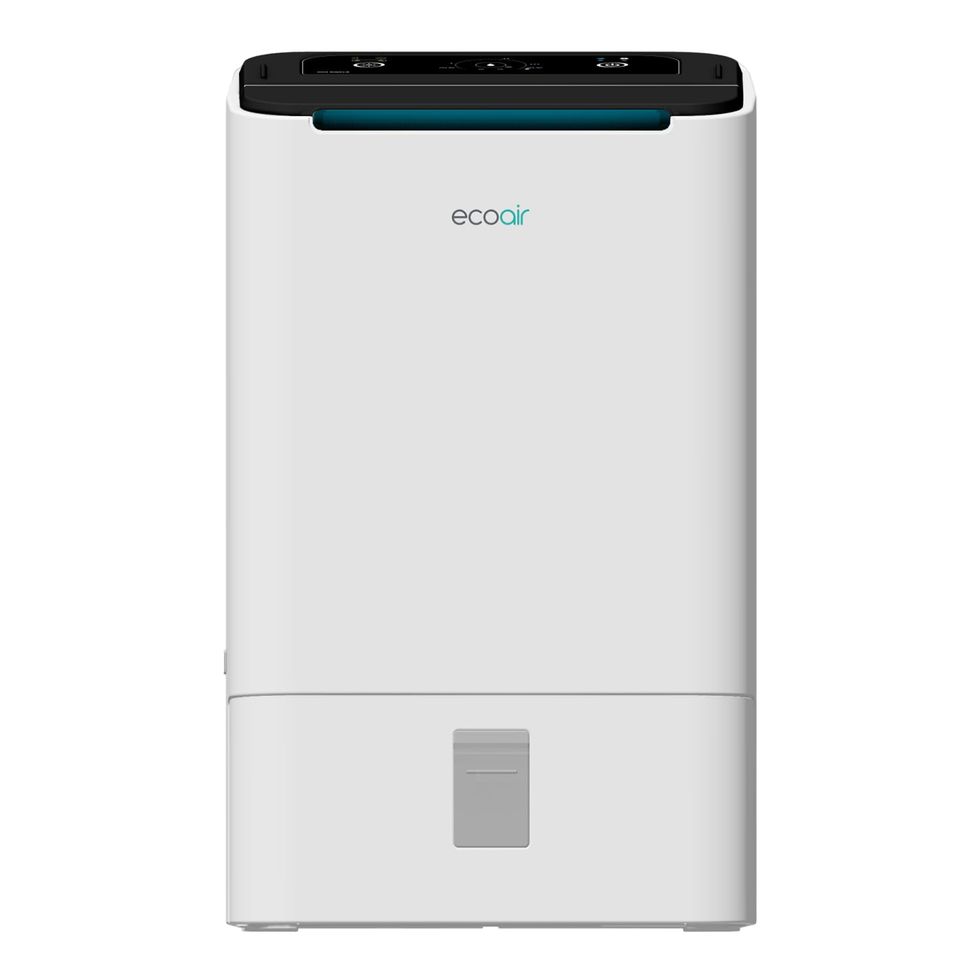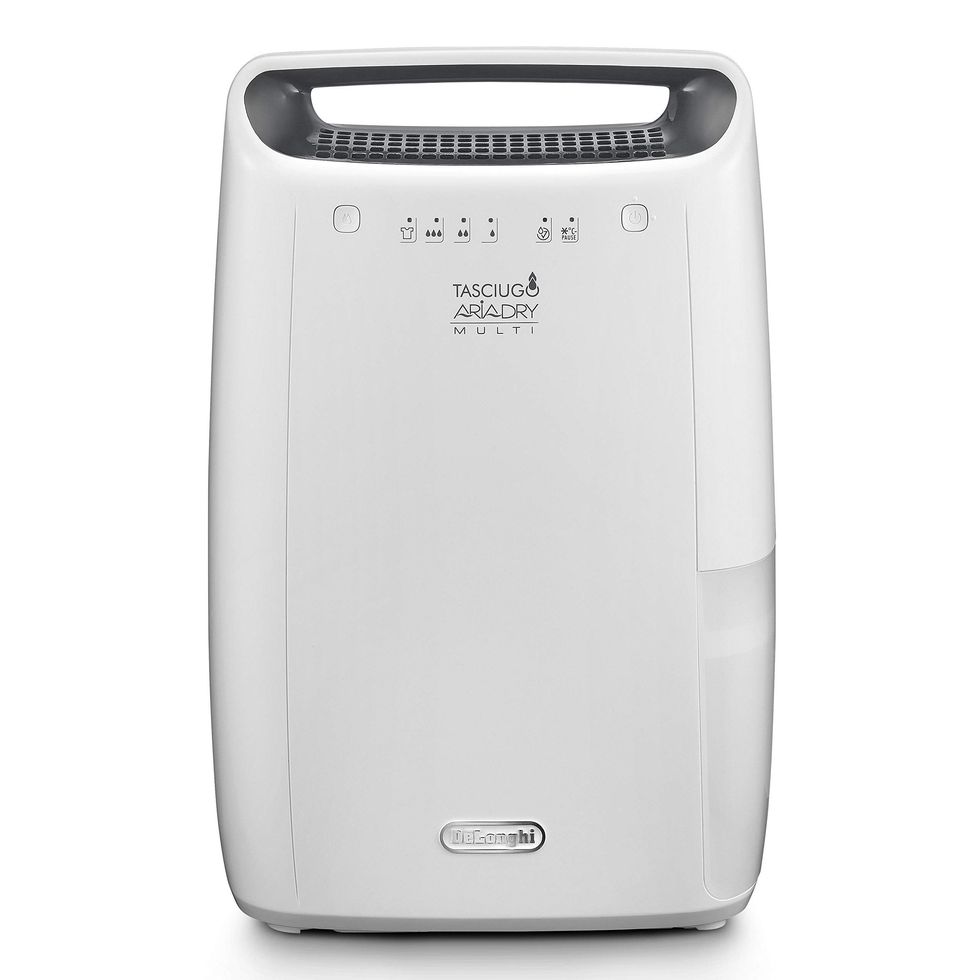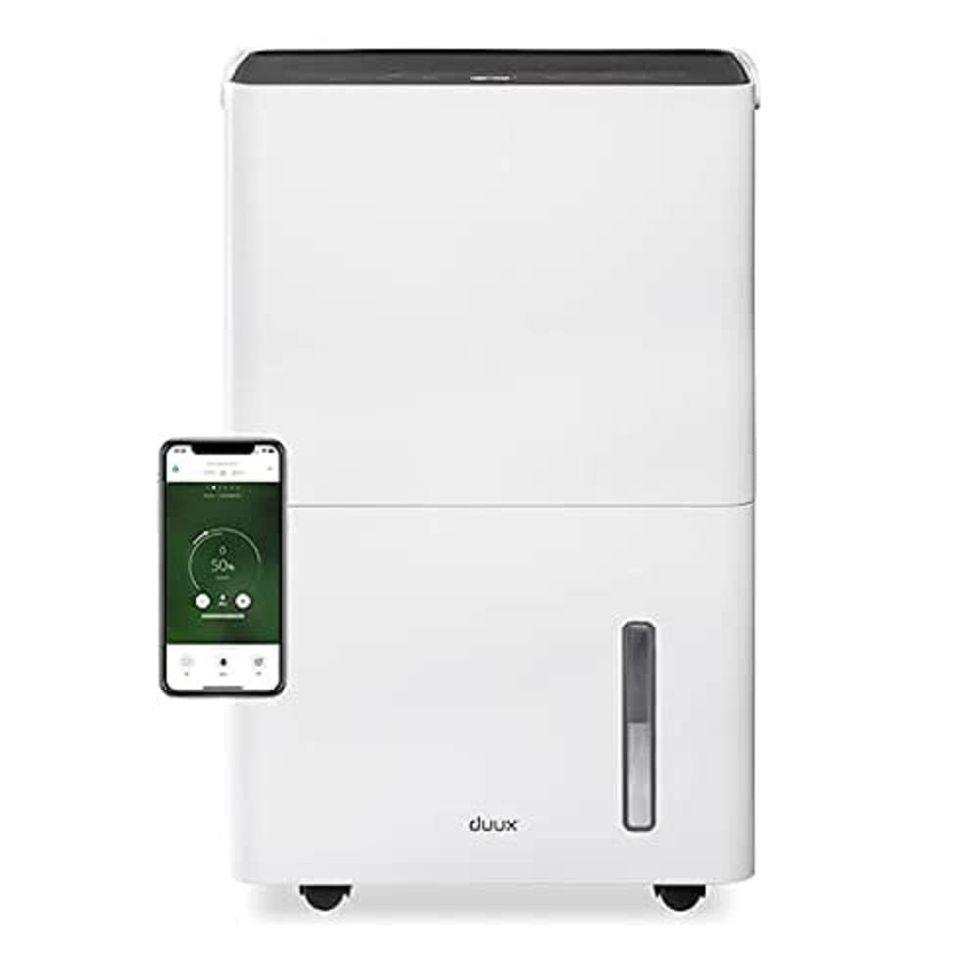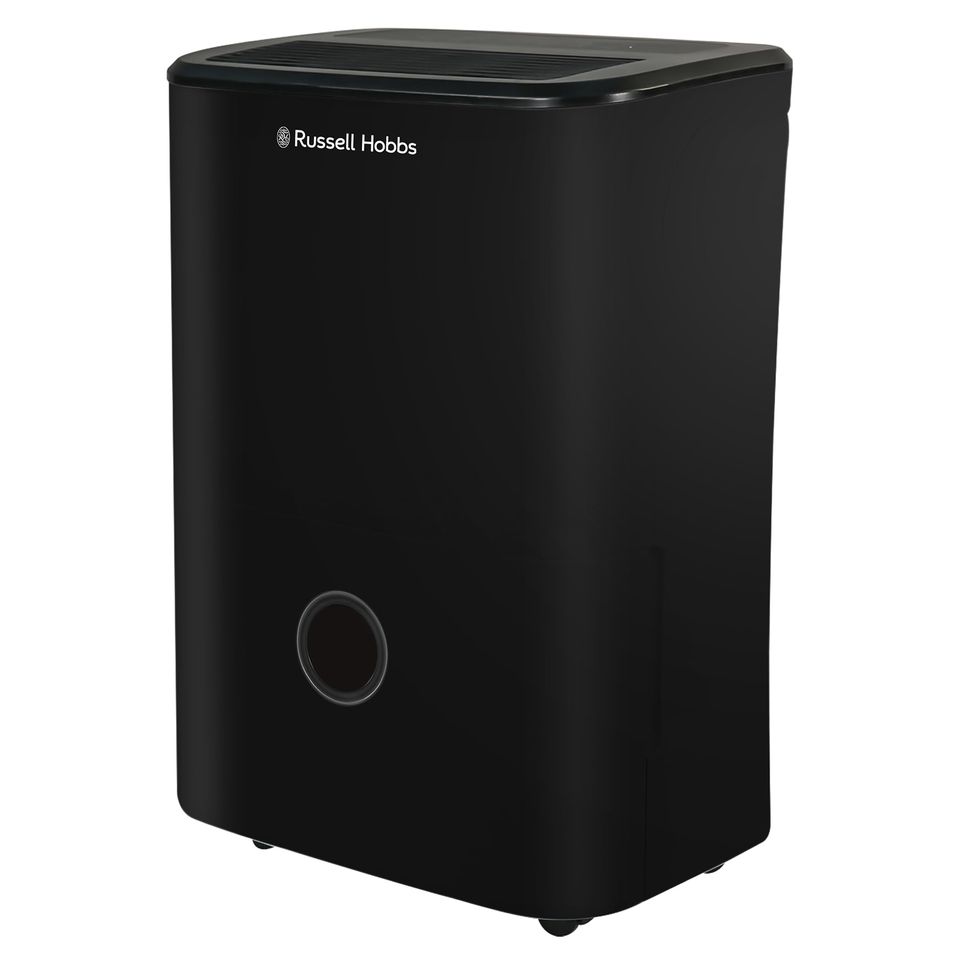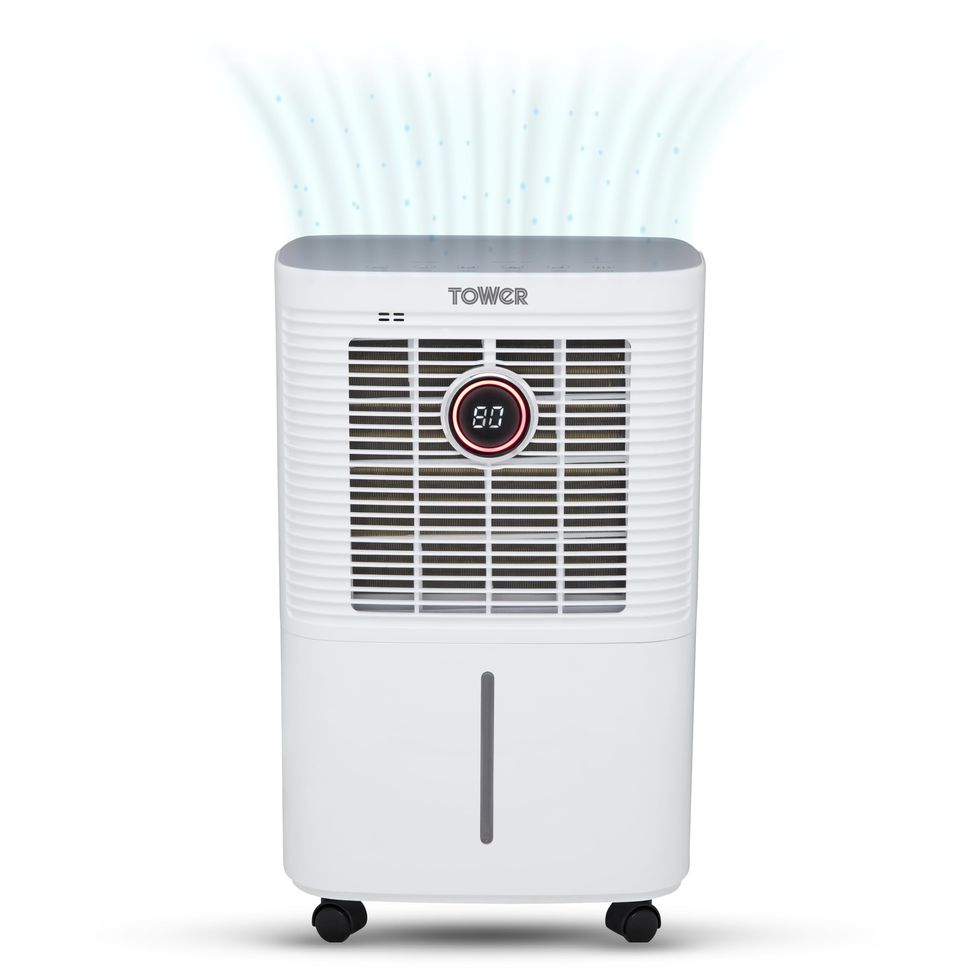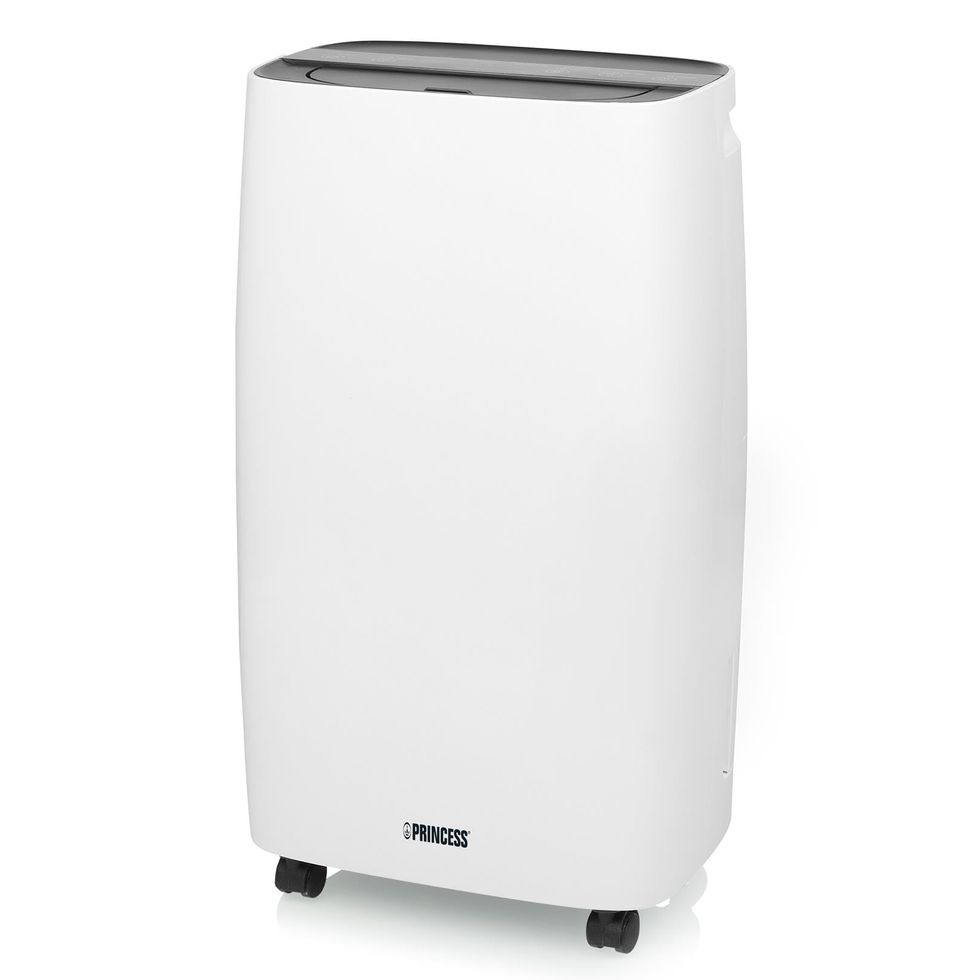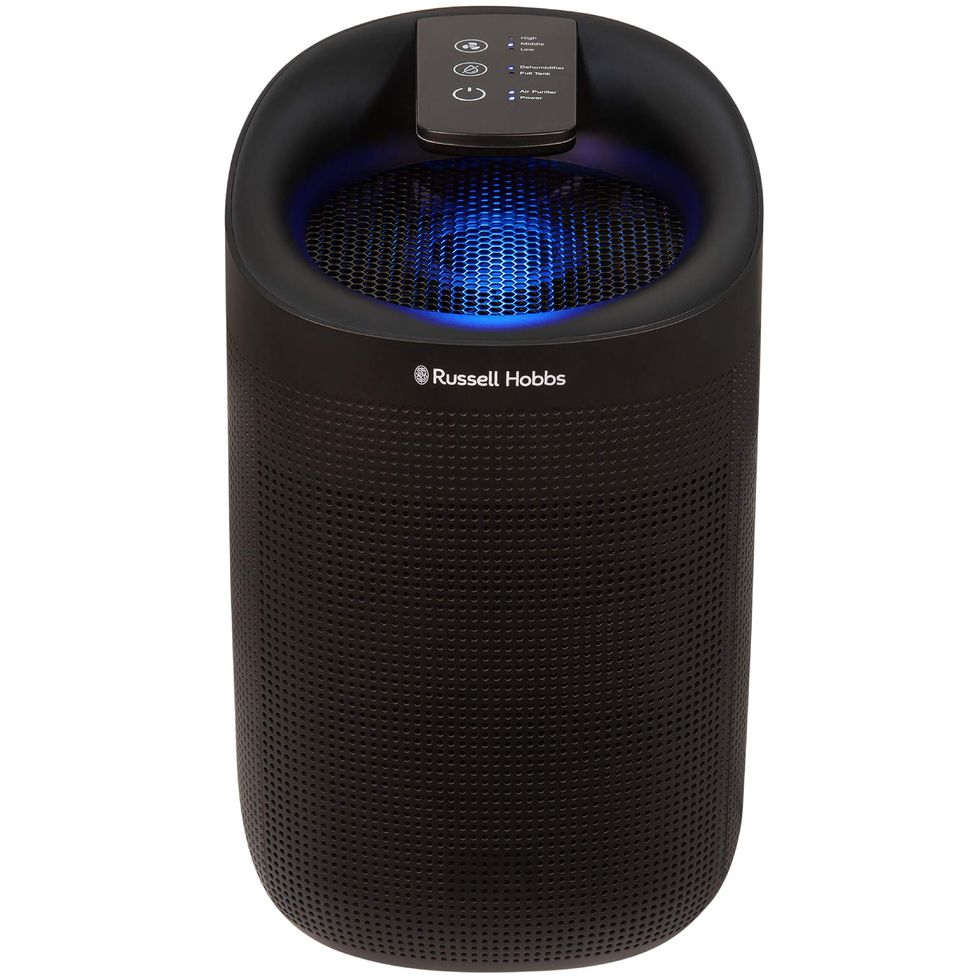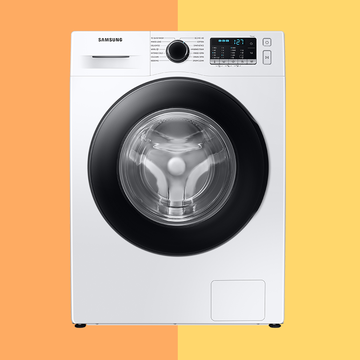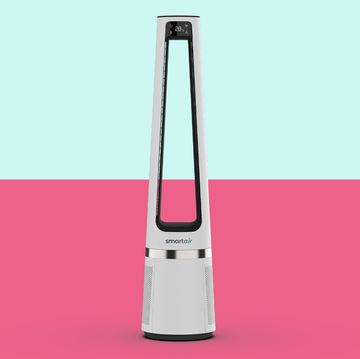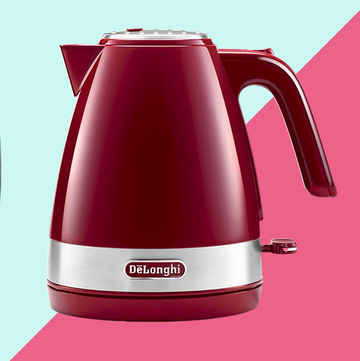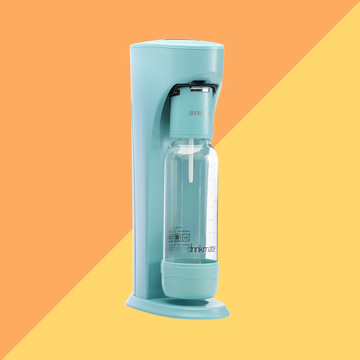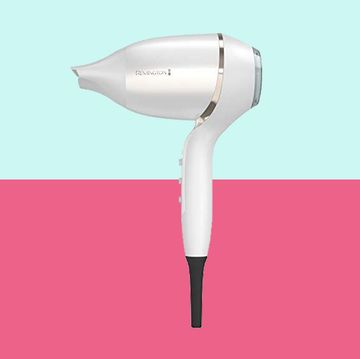We earn a commission for products purchased through some links in this article.
14 best dehumidifiers to rid your home of damp and mould
Our experts put them through their paces in the lab
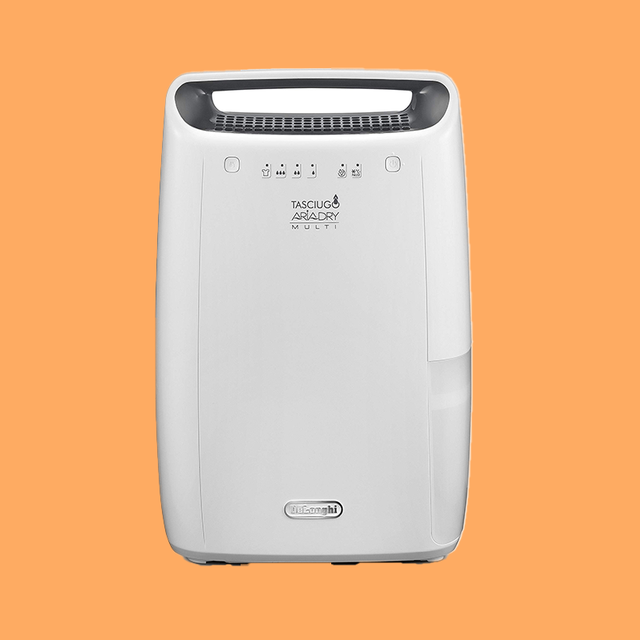
The best dehumidifiers (which, surprise, perform the opposite job to the best humidifiers) will eliminate excess moisture and condensation from the air, so your home doesn't fall victim to damp or spots of mould. Both are common household headaches and can be caused by everything from the steam you create when you're cooking to leaky plumbing.
A dehumidifier can also help dry laundry faster – essential when you're tackling rainy, changeable weather (hello, spring) that can make drying clothes a lot more difficult (especially if you don’t have one of our best heated clothes airers).
In fact, some of the dehumidifiers we've tested have specific laundry functions to help make indoor drying even quicker. They’re also cheaper to run than even the best tumble dryer.
To help you decide which one to invest in, the Good Housekeeping Institute tried and tested a range of market-leading models, keeping an eye on how much they cost to run and any extra features, including laundry modes. Keep scrolling for the full reviews, but here they are in one handy list:
Best dehumidifiers 2025
What is a dehumidifier good for?
If you often wake up on a cold morning with condensation on your windows, a dehumidifier is a worthy investment. They tackle damp by drawing air in, removing the excess moisture and collecting it in a drip tray, before pushing the air back out into the room.
We spoke to Nicholas Donnithorne, UK Technical Services Manager at Peter Cox, the UK’s leading property care experts, to understand why managing indoor humidity is crucial to preventing issues with condensation and mould.
“On average, a family of four produces 14 litres of water vapour each day,” explains Donnithorne. “Keeping a house correctly heated and well-ventilated is an important part of preventing condensation.”
While opening a window and airing your home will have a similar effect, during winter we’re all trying to conserve heat, so dehumidifiers can help to reduce condensation without letting cold air in.
If left alone, Donnithorne warns that mould and damp can begin to form on curtains and soft furnishings, which – besides being unappealing to look at – can lead to health risks in the long run. Running a dehumidifier in your home is a quick and easy solution.
What should you know about dehumidifiers before buying?
It’s an easy mistake to make but be aware that the model’s size describes how many litres of water it can extract from the air within 24 hours – not the capacity of the water tank. For example, our highest-scoring Sharp dehumidifier has a 20L extraction capacity, but its water tank is only 3.8L, so you’d have to change it multiple times in a 24-hour period. Confusing, we know.
Plus, this figure often refers to the maximum amount of water an appliance can extract on average rather than what it will extract in a UK home in winter. Dehumidifiers tend to remove moisture more quickly in tropical climates and more slowly when it's cold. So, if yours doesn't extract a full 20L in a day, this doesn't mean it's not working, just that it's operating differently to the conditions the manufacturer tested it in.
Compressor or desiccant dehumidifiers – which is better?
There are two different types of dehumidifier to choose from: compressor or desiccant models.
Compressor dehumidifiers work by creating a cold surface for warm, damp air to move across. When the warmer air meets the cool surface, condensation forms, and the water is removed.
Desiccant dehumidifiers don’t rely on a cool surface, which means they’re effective in all temperatures. They use a desiccant wheel that absorbs the moisture from the air (much like a sponge), which is then regenerated by an internal heater and fan.
The simplest way to work out which type of dehumidifier is best for you is to consider room temperature. For situations where your ambient room temperature is likely to fall below 15 degrees often (think garages, basements, conservatories), you may want to consider a desiccant dehumidifier.
While desiccant dehumidifiers are more effective in lower temperatures, they typically cost more to run, so if you’re looking for a more energy-efficient appliance, it may be worth picking a compressor model.
What is the best dehumidifier?
Bearing that in mind, here are the other factors to consider when shopping for a dehumidifier.
Price: The dehumidifiers we tested range from £74 to £330, with pricier models boasting a range of fancy features including smart controls and accompanying apps, so it’s important to consider what factors are the most important for your household.
Noise levels: If you’re going to have a dehumidifier on when you’re working from home or while you’re sleeping, you want something that will keep the noise down. Anything under 54dBA is considered quiet, which means all the products on our list are suitable. However, if you’re a light sleeper, you may want to pick one on the lower end of the scale, such as this EcoAir dehumidifier, which runs on low at 36dB.
Size and water capacity: You’ll need to consider the capacity of the water tank based on where you’re placing the dehumidifier in your home. Bathrooms and kitchens, which are typically more humid spaces, may require a larger tank – or more frequent emptying – compared to a study or bedroom. While the size of your dehumidifier will depend on the space and how damp it is, on average, any unit around 10L will work across multiple rooms, while larger 20L models will suit larger homes or spaces with persistent damp.
Energy consumption: Generally, the higher the wattage, the more energy intensive your dehumidifier will be. How much it costs to run a dehumidifier throughout the day will depend on each appliance – the Good Housekeeping Institute measured the energy consumption of all the ones we tested and worked out how much it would cost to run per hour based on the current energy price cap of 27.03p per kWh.
Megan is the Good Housekeeping Institute’s homes writer. She loves diving into the latest product releases to find the very best buys on the market. When she’s not writing about the newest gadgets and gizmos for your home and garden, you’ll find her cooking, running and exploring London’s foodie hotspots – or trying to make friends with every dog she passes. Megan has an MA in Magazine Journalism and has previously written for Stylist, Glamour, TimeOut, SquareMeal, and YOU magazine. You can find Megan on Instagram @meganlouisegeall and on X @megan_geall
Blossom is passionate about finding the best home products and appliances for GH readers. As head of the homes testing team, she has led reviews across multiple categories, from pizza ovens, and smart plugs to portable fans and hobs. She enjoys delving into the intricacies of products and refining testing protocols to ensure we’re testing them against their claims. Her aim is to find the top-performing products on the market, to help take the hard work out of housework. Blossom’s most notable accomplishment in the lab has been toasting 528 slices of bread in her quest to find the best toasters money can buy. In her free time, she openly admits to being a music geek and indulges her creative side through crocheting, baking, singing and writing.

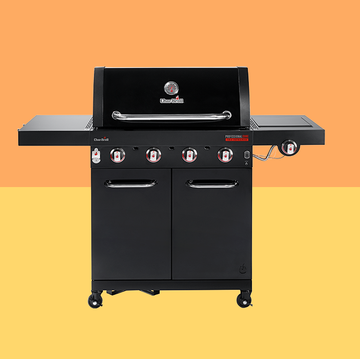
10 best gas BBQs to buy for summer 2025
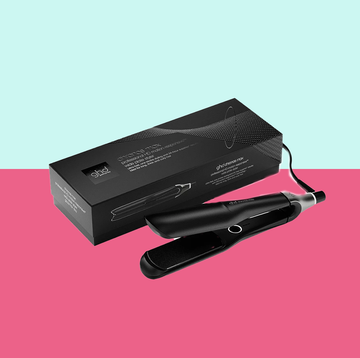
The best hair straighteners for 2025
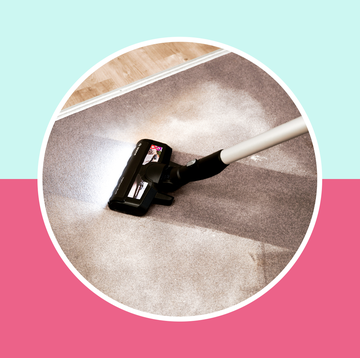
15 best cordless vacuum cleaners, tried and tested

18 best dog beds for your precious pup

